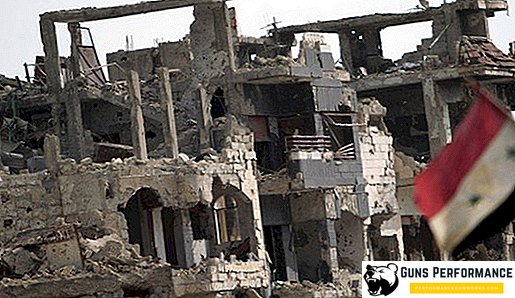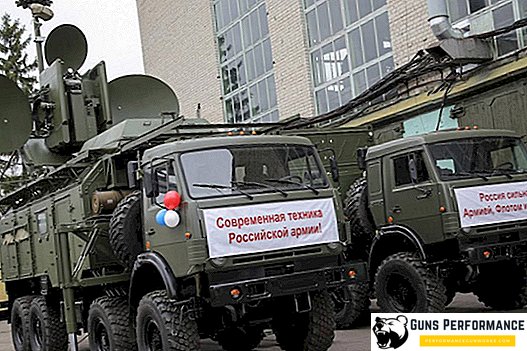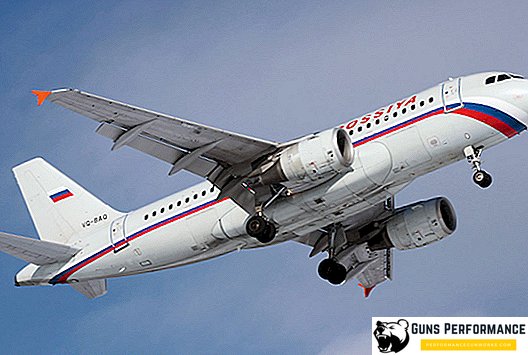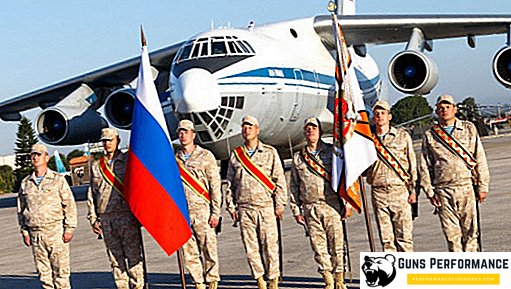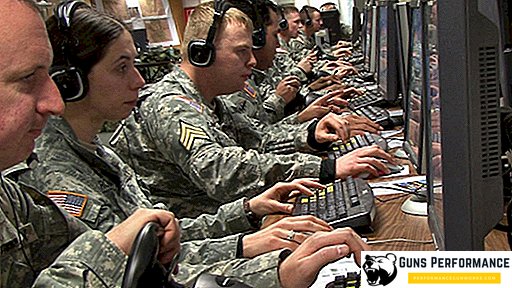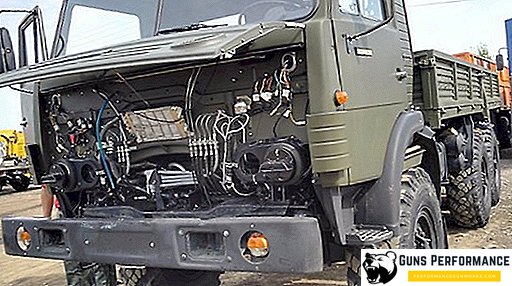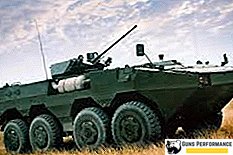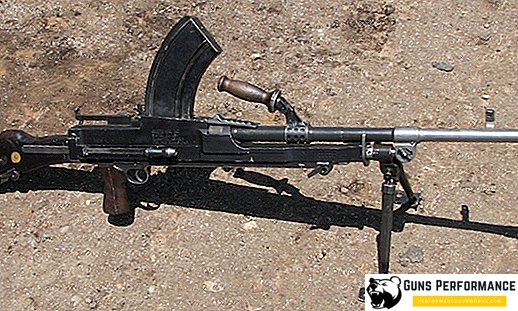The period of 1946-1990 in world history is known as the Cold War. At the same time, this war was far from uniform: it represented a series of crises, local military conflicts, revolutions and upheavals, as well as normalization of relations and even their "warming." One of the most "hot" stages of the Cold War was the Caribbean crisis, a crisis when the whole world froze, preparing for the worst.
Prehistory and causes of the Caribbean crisis
In 1952 in Cuba, as a result of a military coup, the military leader F. Batista came to power. This coup has caused widespread outrage among Cuban youth and the progressively-minded part of the population. Fidel Castro became the opposition leader of Battista, who already on July 26, 1953, with arms in hand, spoke out against the dictatorship. However, this uprising (on this day, the rebels stormed the barracks of Moncada) turned out to be unsuccessful, and Castro and his surviving supporters went to jail. It was only thanks to the powerful social and political movement in the country that the rebels were pardoned as early as 1955.
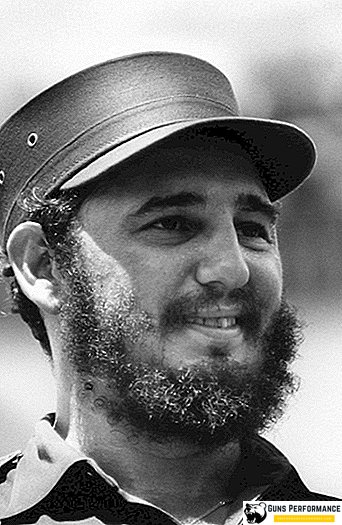
After that, F. Castro and his supporters launched a full-scale partisan war against government forces. Their tactics soon began to bear fruit, and in 1957 the troops of F. Batista suffered a series of serious defeats in the countryside. At the same time, general indignation at the policy of the Cuban dictator grew. All these processes resulted in the revolution, which was expected to end with the victory of the rebels in January 1959. Fidel Castro became the de facto ruler of Cuba.
At first, the new Cuban government sought to find a common language with its formidable northern neighbor, but then US President D. Eisenhower did not even deign to accept F. Castro. It also became clear that the ideological differences between the United States and Cuba could not allow them to come closer to the full extent. The most attractive ally of F. Castro seemed to be the USSR.
Having established diplomatic relations with Cuba, the Soviet leadership established trade with the country and provided it with enormous assistance. Dozens of Soviet specialists, hundreds of parts and other important goods were sent to the island. Relations between the countries very quickly became friendly.
Operation "Anadyr"
Another of the main causes of the Caribbean crisis was by no means a revolution in Cuba or a situation related to these events. In 1952, Turkey joined NATO. Since 1943, this state had a pro-American orientation, connected, among other things, with the neighborhood of the USSR, with which the country had not the best relations.

In 1961, the deployment of American medium-range ballistic missiles with nuclear warheads began in Turkey. This decision of the American leadership was dictated by a number of circumstances, such as a higher rate of approach of such missiles to targets, as well as the possibility of pressure on the Soviet leadership in view of the even more clearly marked American nuclear superiority. The deployment of nuclear missiles in Turkey seriously upset the balance of forces in the region, putting the Soviet leadership in an almost impossible situation. It was then that it was decided to use the new bridgehead almost at the side of the United States.
The Soviet leadership appealed to F. Castro with a proposal to place in Cuba 40 Soviet ballistic missiles with nuclear warheads and soon received a positive response. The development of Operation Anadyr began at the General Staff of the USSR Supreme Soviet. The purpose of this operation was the deployment in Cuba of Soviet nuclear missiles, as well as a military contingent of about 10 thousand people and an air force (helicopter, assault and fighter aircraft).
In the summer of 1962, Operation Anadyr began. It was preceded by a powerful set of camouflage activities. So, quite often the captains of the transport ships did not know what kind of cargo they were transporting, let alone personnel, who did not even know where the transfer was taking place. For masking in many ports of the Soviet Union stockpiled secondary cargo. In August, the first Soviet transports arrived in Cuba, and the installation of ballistic missiles began in the fall.
The Beginning of the Caribbean Crisis

In the early fall of 1962, when it became clear to the American leadership that Soviet missile bases were in Cuba, there were three options for action in the White House. These options: the destruction of bases through pinpoint strikes, the invasion of Cuba, or the introduction of a sea blockade of the island. From the first option had to be abandoned.
In order to prepare for the invasion of the island, American troops began to move to Florida, where their concentration took place. However, bringing the Soviet nuclear missiles in Cuba to full alert made the full-scale invasion option very risky. There was a sea blockade.
Based on all the data, after weighing all the pros and cons, the United States announced quarantine against Cuba in mid-October. This wording was introduced because the declaration of the blockade would be an act of war, and the United States was its instigators and aggressors, since the deployment of Soviet nuclear missiles in Cuba was not a violation of any international treaties. But, following its long-standing logic, where "the strong is always right," the United States continued to provoke a military conflict.
The introduction of the quarantine, which began on October 24 at 10:00, provided only a complete cessation of supplies of weapons to Cuba. As part of this operation, the United States Navy surrounded Cuba and began patrolling coastal waters, while being instructed not to open fire on Soviet vessels in any way. At this time, about 30 Soviet ships were carried to Cuba, including those carrying nuclear warheads. Part of these forces, it was decided to send back to avoid conflict with the United States.
Crisis development

By October 24, the situation around Cuba began to heat up. On this day, Khrushchev received a telegram from the US president. In it, Kennedy demanded to observe the quarantine of Cuba and "preserve prudence". Khrushchev answered the telegram rather sharply and negatively. The next day, at an emergency meeting of the UN Security Council, a scandal broke out caused by a skirmish between the Soviet and American representatives.
Nevertheless, both the Soviet and the American leadership clearly understood that it was completely meaningless for both sides to escalate the conflict. So, in the Soviet government decided to take a course on the normalization of relations with the United States and diplomatic negotiations. On October 26, Khrushchev personally composed a letter addressed to the American leadership, in which he proposed to withdraw Soviet missiles from Cuba in exchange for the removal of quarantine, the US refusal to invade the island and the withdrawal of American missiles from Turkey.
On October 27, the Cuban leadership became aware of the new conditions of the Soviet leadership to resolve the crisis. On the island, they were preparing for a possible American invasion, which, according to available data, was to begin in the next three days. Additional alarm caused flight of the American reconnaissance aircraft U-2 over the island. Thanks to the Soviet S-75 anti-aircraft missile systems, the plane was shot down, and the pilot (Rudolf Anderson) was killed. On the same day, another American plane flew over the USSR (over Chukotka). However, in this case, everything was without casualties: the interception and escort of the aircraft by Soviet fighters.
The nervousness that prevailed in the American leadership was growing. Military President categorically advised Kennedy to launch a military operation against Cuba in order to neutralize Soviet missiles on the island as soon as possible. However, such a decision would unconditionally lead to a large-scale conflict and response from the USSR, if not in Cuba, then in another region. Nobody needed a full-scale war.
Conflict resolution and the effects of the Caribbean crisis

During the negotiations between the brother of US President Robert Kennedy and the Soviet ambassador Anatoly Dobrynin, general principles were formulated, on the basis of which it was intended to resolve the crisis that had been created. These principles were the basis for a message from John Kennedy, sent to the Kremlin on October 28, 1962. This message suggested that the Soviet leadership withdraw Soviet missiles from Cuba in exchange for guarantees of non-aggression from the United States and the removal of the island’s quarantine. Regarding American missiles in Turkey, it was stated that this issue also has the prospect of resolution. The Soviet leadership, after some deliberation, responded positively to the message of J. Kennedy, and on the same day in Cuba began the dismantling of Soviet nuclear missiles.
The last Soviet missiles from Cuba were removed after 3 weeks, and already on November 20, J. Kennedy announced the termination of Cuba’s quarantine. Also soon American ballistic missiles were withdrawn from Turkey.
The Caribbean crisis was resolved quite successfully for the whole world, but not everyone was satisfied with the status quo. Thus, both in the USSR and in the USA, under the governments, there were high-ranking and influential persons interested in escalating the conflict and, as a result, rather disappointed with its detente. There are a number of versions that it was thanks to their assistance that J. Kennedy was killed (November 23, 1963) and N. Khrushchev was displaced (in 1964).
The result of the Caribbean crisis of 1962 was international detente, manifested in the improvement of relations between the United States and the USSR, as well as in the creation of a number of anti-war movements around the world. This process took place in both countries and became a kind of symbol of the 70s of the XX century. Its logical conclusion was the entry of Soviet troops into Afghanistan and a new round of growth of tension in relations between the USA and the USSR.


